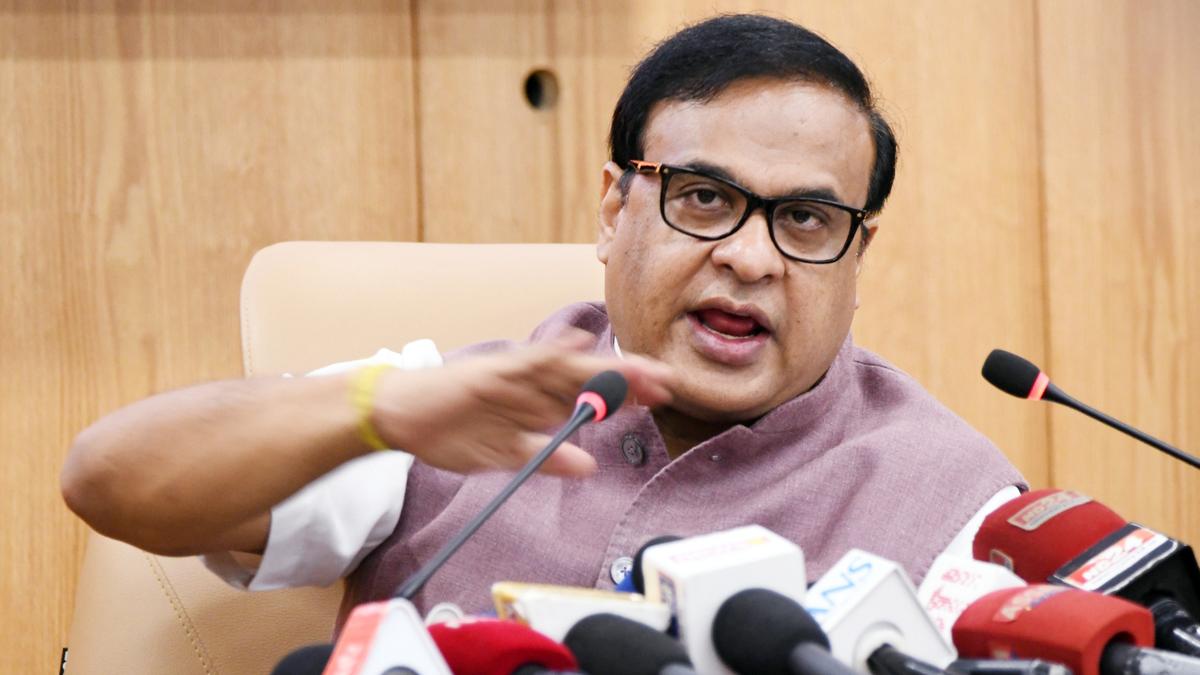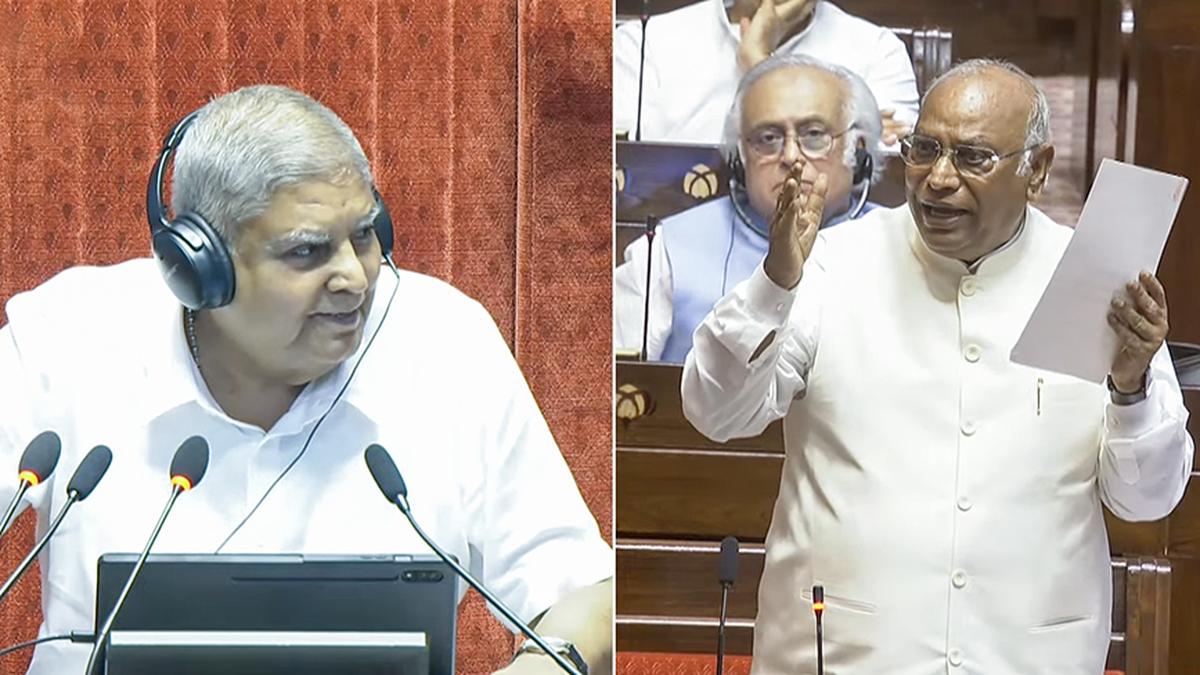ARTICLE AD BOX
 Costing around USD 1.5 billion, it is the most expensive earth observation satellite in the world, with ISRO contributing Rs 469.4 crores for the satellite.
Costing around USD 1.5 billion, it is the most expensive earth observation satellite in the world, with ISRO contributing Rs 469.4 crores for the satellite.
The much-awaited launch of NISAR — an earth observation satellite jointly developed by NASA and ISRO — is set to take place on July 30 at 5:40 pm from the country’s only spaceport in Sriharikota, Andhra Pradesh. The satellite will be launched on the GSLV-F16 and be put in a 734 km sun synchronous orbit — an orbit in which the satellite reaches over a place at the same time each day.
The satellite will scan the entire globe every 12 days, proving a series of very detailed images of the Earth’s surface.
NISAR, which stands for NASA-ISRO Synthetic Aperture Radar, will provide an unprecedented view of the planet. Weighing 2,392 kg it will be the first satellite ever to observe the Earth in two frequencies — NASA’s L-band and ISRO’s S-band. “Each system’s signal is sensitive to different sizes of features on Earth’s surface, and each specializes in measuring different attributes, such as moisture content, surface roughness, and motion,” according to NASA.
Putting two radar systems on a single satellite is a unique engineering feat because the two systems require different sets of hardware, and yet have to function in a complementary fashion without interfering with one another.
This would mean that the satellite would be able to provide very high-resolution data, in all types of weather conditions, and both during the day and the night. The satellite is powerful enough to capture changes as small as one centimetre in size during its repeated observations over the same terrain.
It will therefore be able to study the dynamic processes happening on Earth’s surface, like retreat of glaciers, movement of sea ice, the path of a storm, changes in vegetation and forest cover, and even the movements during earthquakes and volcanoes. Scientists expect this satellite to provide new insights into our understandings of processes like climate change or natural hazards and better prepare for them.
It can also help with practical applications such as tracking the changes in soil moisture or mapping surface water levels.
Story continues below this ad
Costing around USD 1.5 billion, it is the most expensive earth observation satellite in the world, with ISRO contributing Rs 469.4 crores for the satellite. The Indian space agency will also incur costs in launching the satellite. “The NISAR launch is the result of strong technical cooperation between ISRO & NASA/JPL technical teams for more than a decade,” the space agency said.
There have been several delays in the launch of the satellite, with the scheduled launch last year being pushed after technical issues. There was a need to fix the one of the key components of the satellite — a 12-metre unfurlable antennae. The satellite was shipped back to the United States.
Anonna Dutt is a Principal Correspondent who writes primarily on health at the Indian Express. She reports on myriad topics ranging from the growing burden of non-communicable diseases such as diabetes and hypertension to the problems with pervasive infectious conditions. She reported on the government’s management of the Covid-19 pandemic and closely followed the vaccination programme. Her stories have resulted in the city government investing in high-end tests for the poor and acknowledging errors in their official reports. Dutt also takes a keen interest in the country’s space programme and has written on key missions like Chandrayaan 2 and 3, Aditya L1, and Gaganyaan. She was among the first batch of eleven media fellows with RBM Partnership to End Malaria. She was also selected to participate in the short-term programme on early childhood reporting at Columbia University’s Dart Centre. Dutt has a Bachelor’s Degree from the Symbiosis Institute of Media and Communication, Pune and a PG Diploma from the Asian College of Journalism, Chennai. She started her reporting career with the Hindustan Times. When not at work, she tries to appease the Duolingo owl with her French skills and sometimes takes to the dance floor. ... Read More



.png)
.png)
.png)

























 English (US) ·
English (US) ·